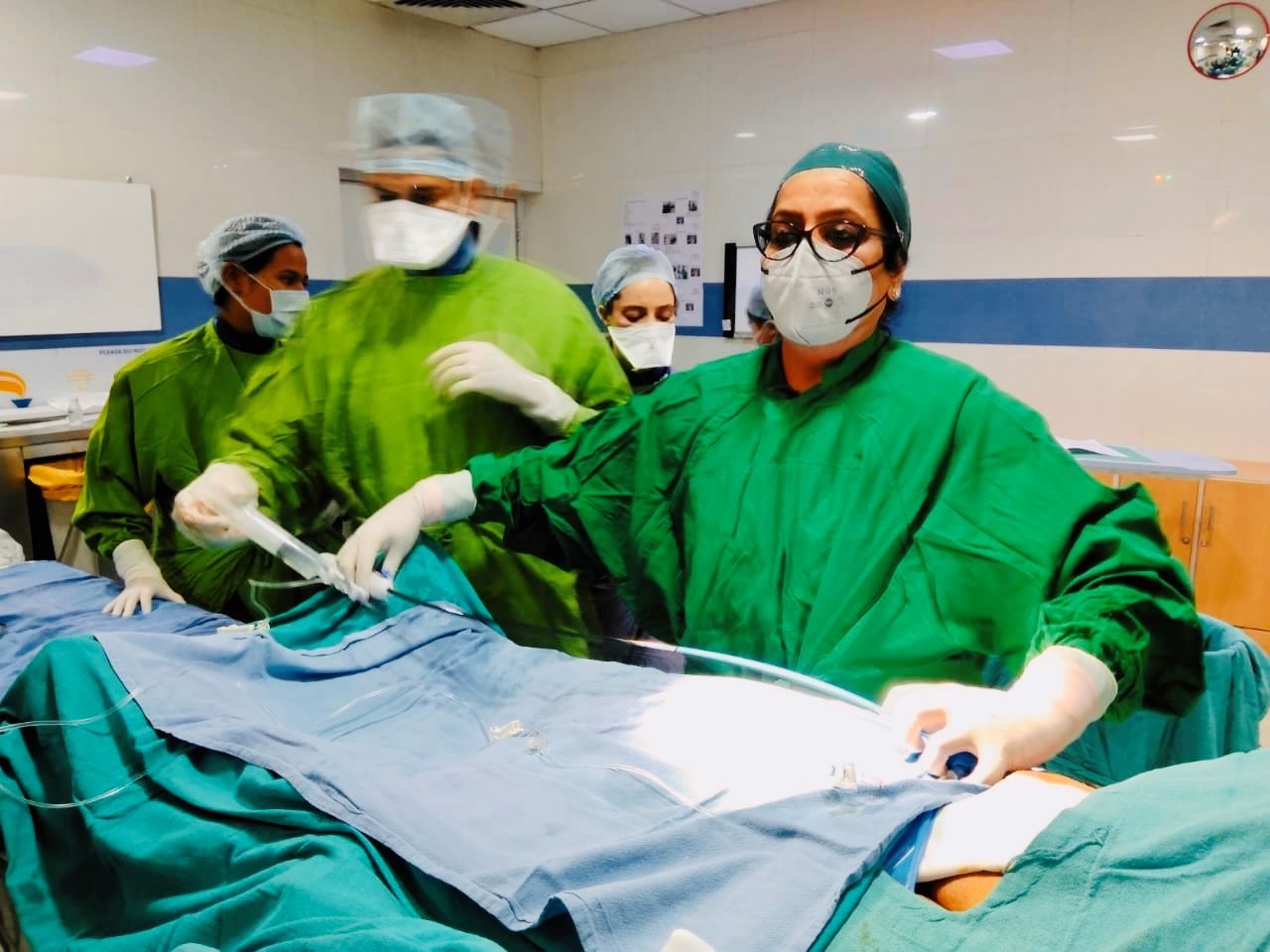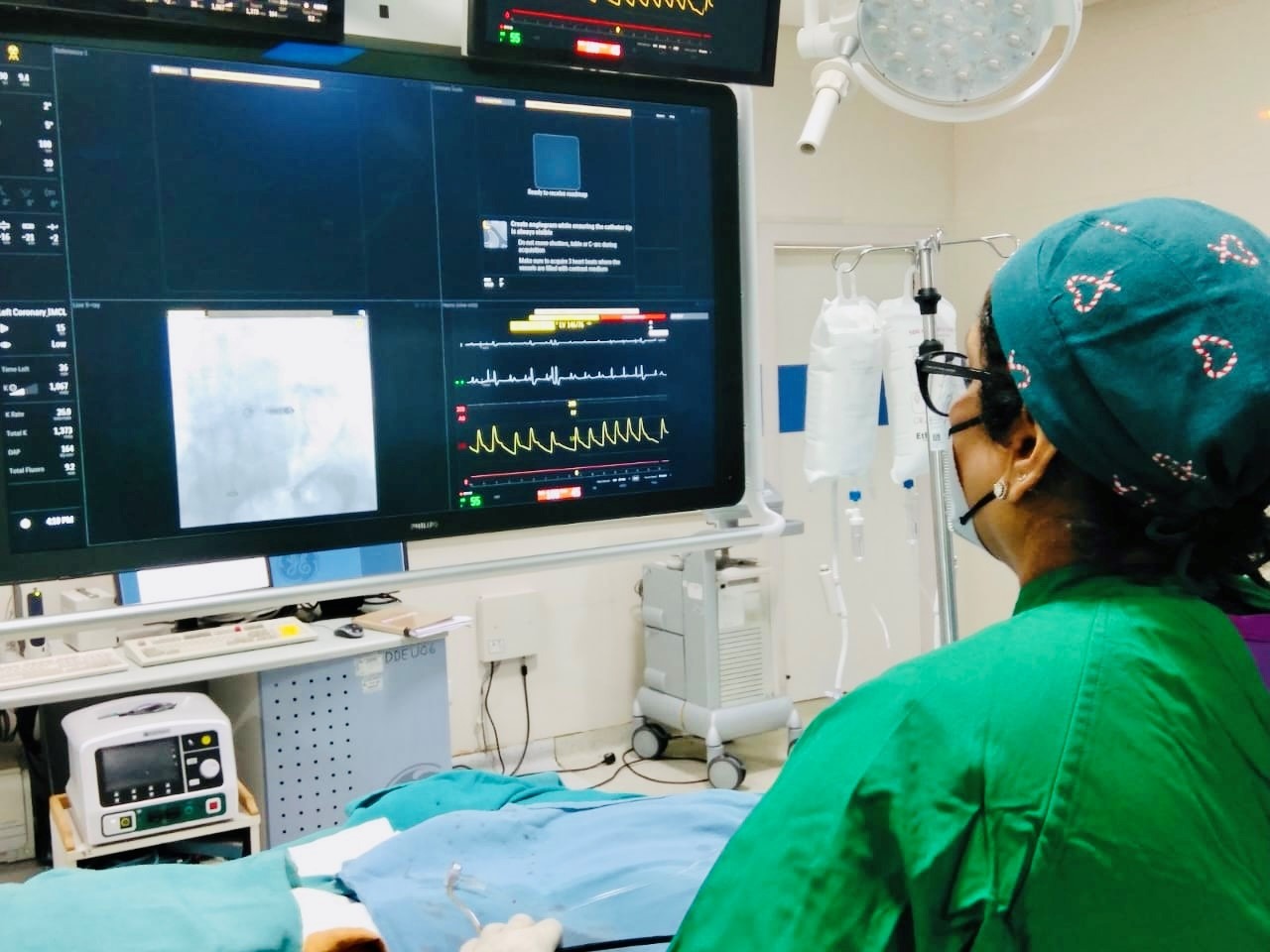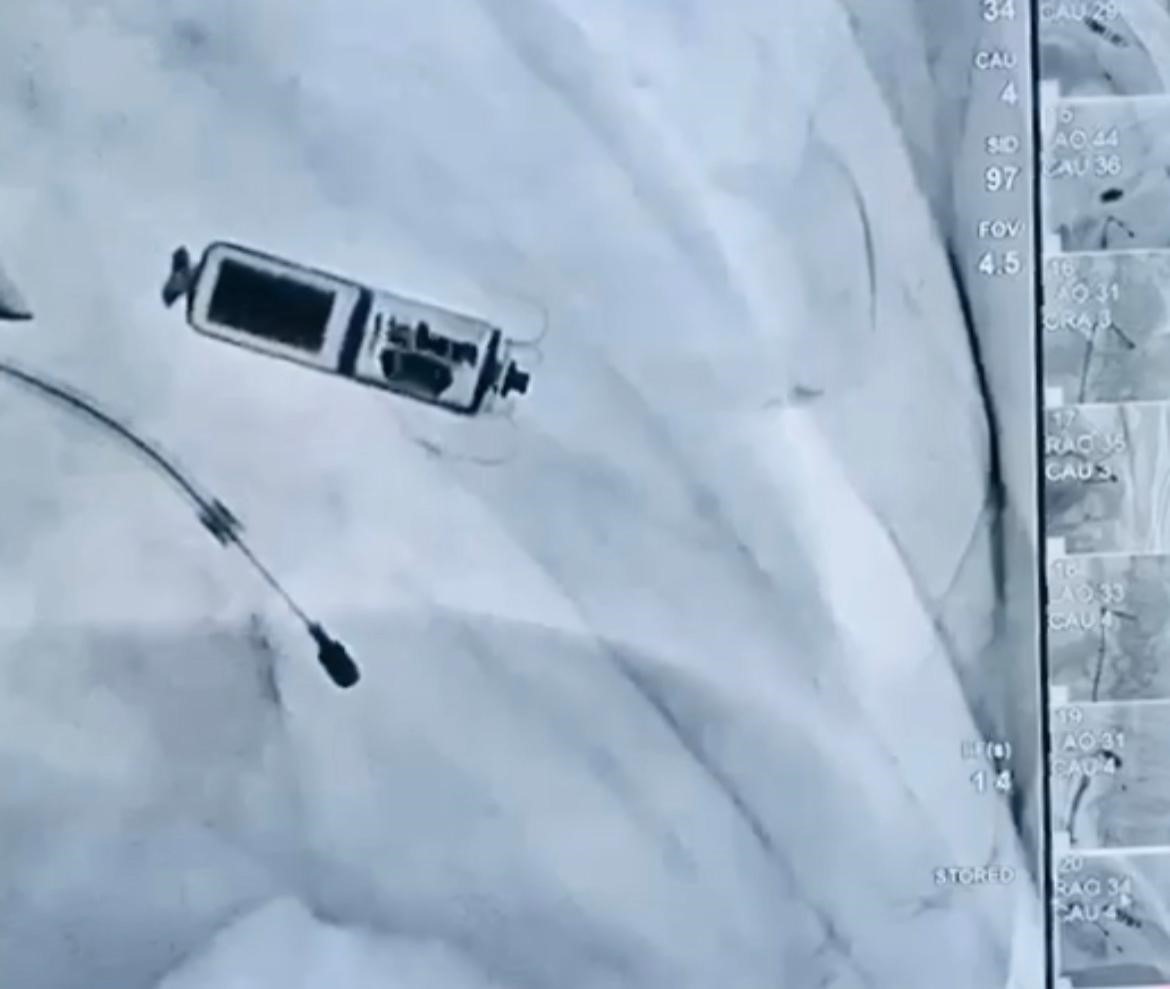Pacemakers have long been essential for managing heart rhythm disorders, providing
life-saving treatment to patients with bradycardia and other conditions.
Traditionally, pacemakers consist of a pulse generator and leads (wires) that
connect to the heart to regulate its rhythm. However, recent advances have led to
the development of leadless pacemakers, a revolutionary step in heart care.
What is a Leadless Pacemaker?
A leadless pacemaker is a small, self-contained device implanted
directly into the heart without the need for wires. These devices are about 90%
smaller than traditional pacemakers, resembling the size of a large vitamin pill.
This miniaturized, wireless design eliminates the complications associated with
leads, such as lead fracture, infection, and displacement—issues that often require
surgical revision in conventional pacemaker systems.
How Leadless Pacemakers Differ from Traditional
Pacemakers
The most significant difference between
leadless pacemakers and
traditional
pacemakers is the absence of leads. In a traditional pacemaker system, the pulse
generator is placed beneath the skin in the chest, with leads routed through blood
vessels to the heart. In contrast, a leadless pacemaker is inserted directly into
the heart through a catheter during a minimally invasive procedure, typically guided
through the femoral vein in the leg.
This method shortens recovery time and lowers the risk of complications like
infections or blood clots. It also eliminates the chest incision and the visible
bulge under the skin that can be a cosmetic concern for some patients.
Why Leadless Pacemakers are a Game-Changer
Leadless pacemakers are a groundbreaking advancement in slow heart beat problem
because they simplify the implantation process and improve patient outcomes. They
are particularly beneficial for individuals who are at higher risk for infections or
those who have limited venous access due to prior surgeries or medical conditions.
Dr. Vanita Arora: A Trailblazer in Leadless Pacemaker
Implantation
In Delhi, Dr. Vanita Arora stands out as a leading specialist in this advanced
technology, renowned for her expertise in cardiology and electrophysiology. As a
pioneer in
leadless pacemaker implantation, Dr. Arora has
successfully performed
numerous procedures, offering patients a less invasive option for managing their
heart rhythm disorders. Her experience and precision in performing this advanced
technique make her one of the most sought-after
leadless pacemaker
doctors in Delhi .
If you or a loved one is exploring pacemaker options, a consultation with an expert
like Dr. Arora can help determine if this revolutionary device is the right choice
for your heart care needs.


